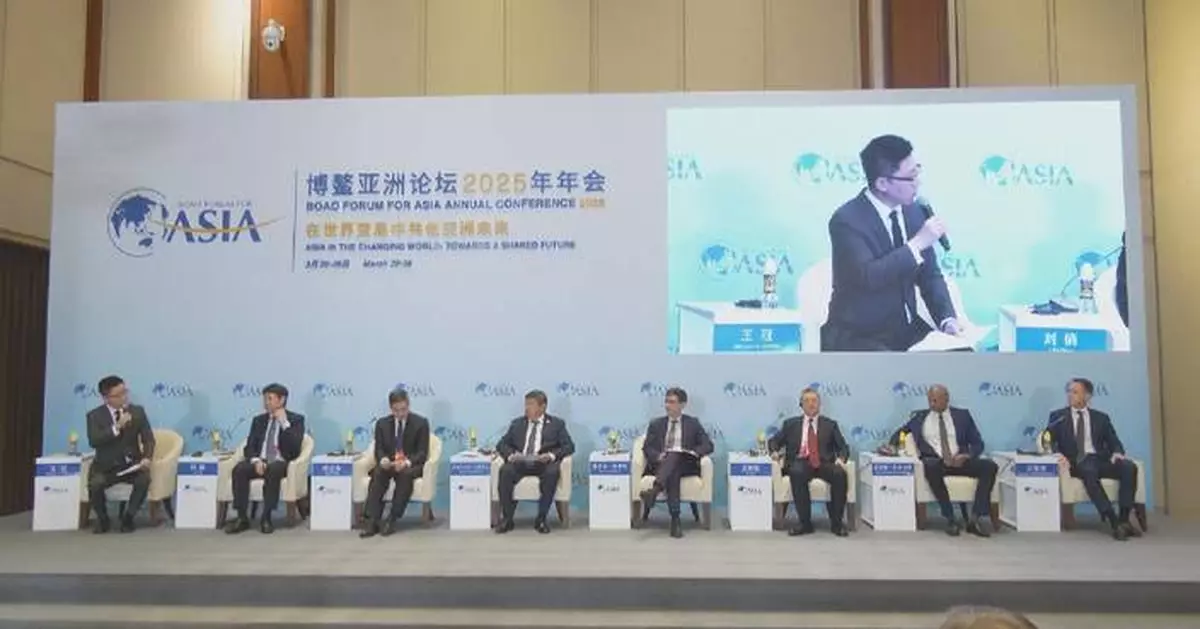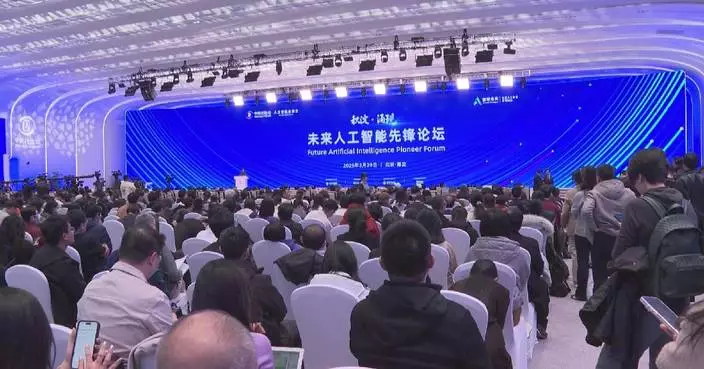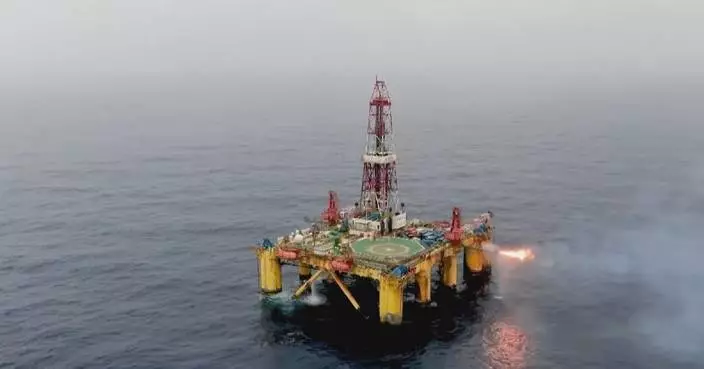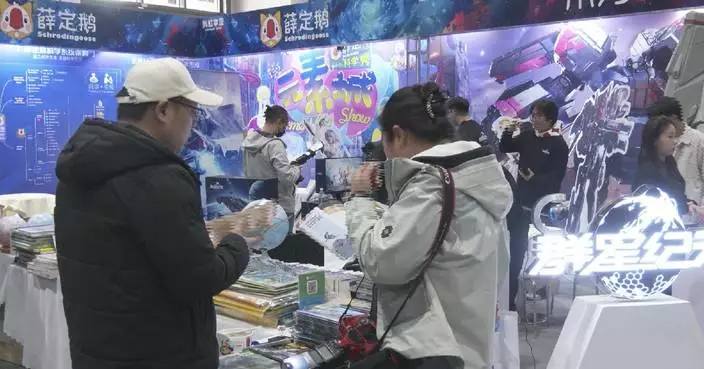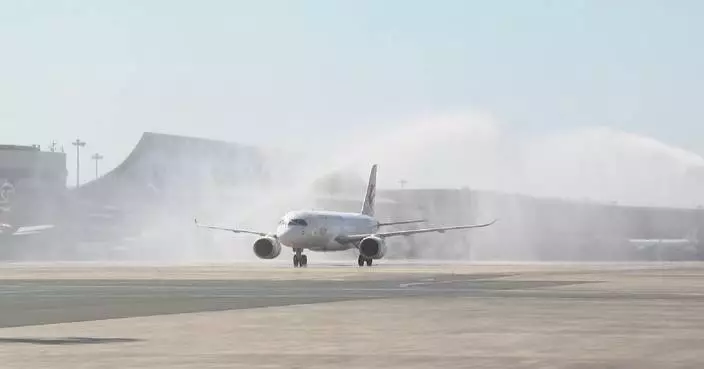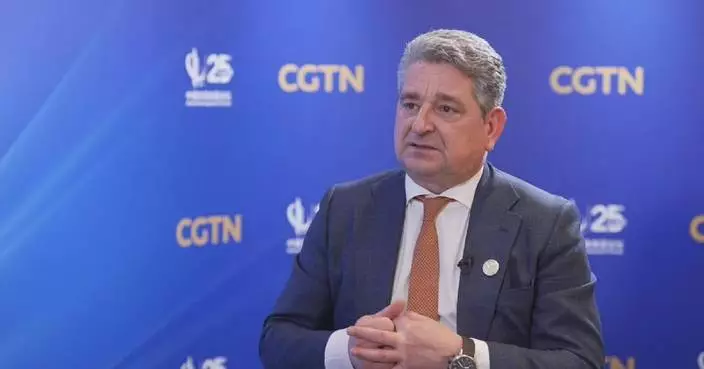Stability in global supply chains and closer economic integration dominated discussions at the Boao Forum for Asia Annual Conference 2025, where leaders and experts called for stronger trade links and cooperation to counter mounting global uncertainties.
Held in China’s southern island province of Hainan, the four-day forum convened nearly 2,000 participants from over 60 countries and regions, underscoring growing concern over fragmented trade and investment flows.
According to the "Asian Economic Outlook and Integration Progress Annual Report 2025" released at the forum, Asia remains center of global manufacturing value chains, with China retaining its dominant position in global value chains.
In 2023, Asia accounted for 41.17 percent of global trade in intermediate goods - well ahead of the European Union's 25.5 percent and North America's 15.12 percent, the report said.
A sub-forum on Thursday focused on supply chain stability, emphasizing cross-border connectivity and the reduction of trade and investment barriers, with speakers underscoring the need for liberalization and more coordinated supply chain strategies.
"It is essential to deepen cooperation in trade and economic affairs. Kazakhstan is China's largest economic partner in Central Asia, accounting for nearly half of China's trade and investment in the region. Over the past two decades, Chinese investment in Kazakhstan has exceeded 25 billion U.S. dollars. We firmly believe there is still tremendous potential for further cooperation. Kazakhstan remains a reliable partner for both Asia and China," said Roman Sklyar, First Deputy Prime Minister of Kazakhstan.
The Boao report noted that half of the 22 most-traded intermediate goods globally show the highest reliance on Asia. Notably, electronic components - a key category - saw over 70 percent of global trade originating from the region.
China's role remains pivotal. In 2023, the country ranked first globally in 20 out of those 22 intermediate product categories, reinforcing its central position in the world's manufacturing ecosystem.
"Within Asia, we've actually seen continued deepening of regional economic integration, and China has been at the center of that. It’s increased its backward linkages to some of the East Asian exporting economies and deepened its forward linkages to Southeast Asian economies in particular. And that has, of course, supported more resilience of the region and respond to a variety of external shocks," said Albert Park, chief economist at the Asian Development Bank (ADB).
Attention also turned to shifting growth engines within China. Forum delegates noted that the country's growing emphasis on domestic consumption could reshape both its economic model and foreign investor strategies.
"There's a new focus on consumption, which brings with it the prospect of an evolving economic model -- less export-reliant, more internally consumption-driven. That's attracted the interest of investors," said Kevin Sneader, president for Asia-Pacific ex-Japan at Goldman Sachs.
"In the foreseeable future, confidence in China's economic growth remains strong. China continues to offer many new areas for investment. Major multinational companies are discovering opportunities here, especially as China advances its green transition. This shift is expected to generate significant investment prospects, a key reason why foreign capital remains highly interested and committed to investing in China over the coming years," said Liu Qiao, dean of the Guanghua School of Management at Peking University.
Held under the theme "Asia in the Changing World: Towards a Shared Future," this year's Boao Forum featured over 50 panels, sub-forums, and bilateral meetings, reflecting growing calls for cooperation across sectors ranging from infrastructure to climate and digital transformation. The four-day event concludes on Friday.
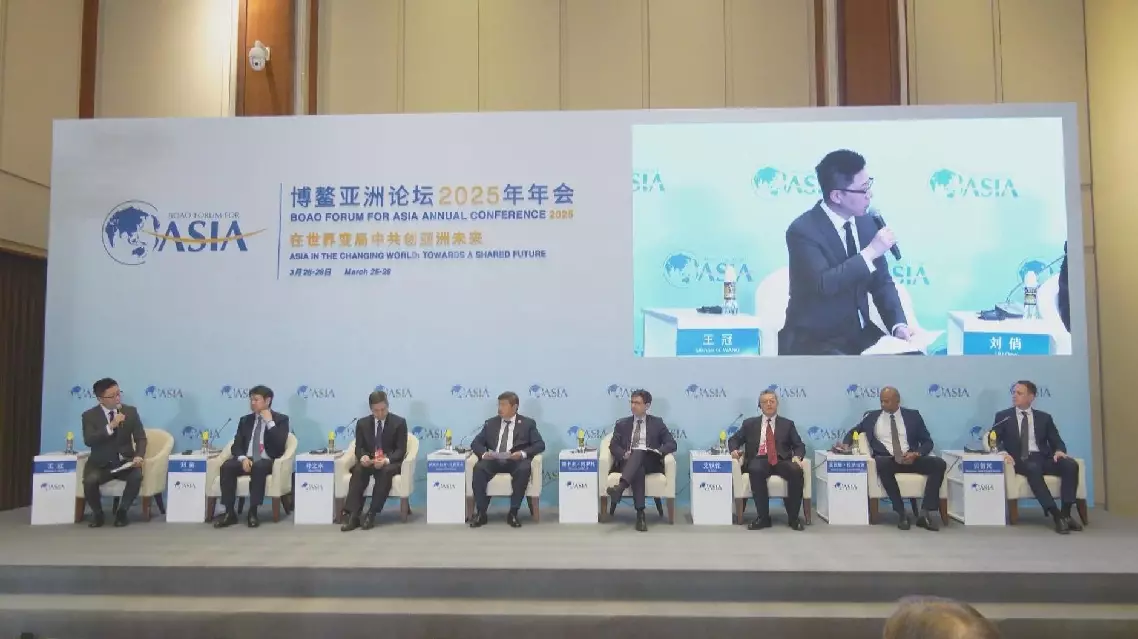
Boao Forum urges deeper trade ties as China remains key to supply chains


